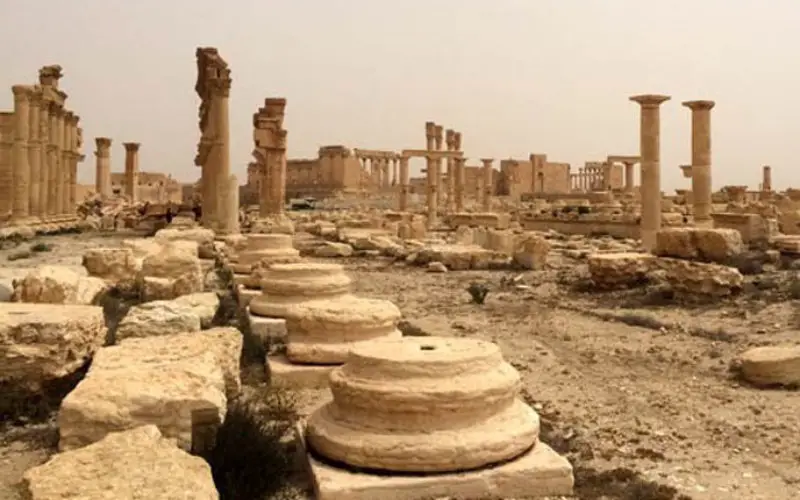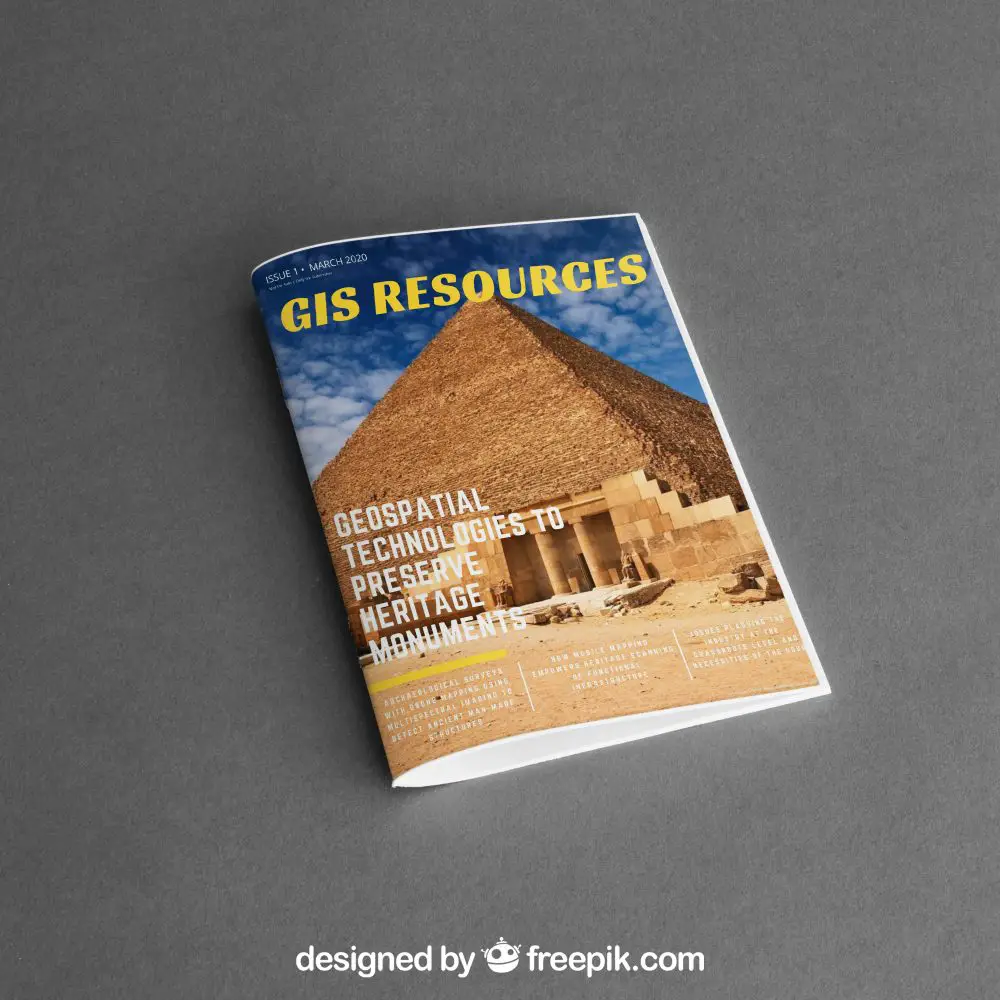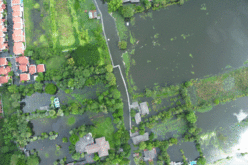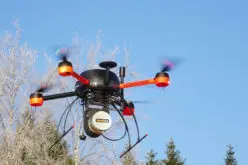The Role of Geospatial Technologies in Archaeology to Preserve Heritage Monuments

The Pink City, Jaipur has recently been certified as a World Heritage City by UNESCO. It is a matter of pride not only for the city and its residents but also for the country and the whole world community for the efforts taken to preserve & conserve the cultural heritage of the city for a sustainable future. The citation goes on to say that this is a joint commitment to protect and preserve this heritage for future generations. Several cities in India have been honoured with the World Heritage City certificate.
Any World Heritage City tag comes with its responsibilities. It is important to preserve the architecture of the heritage buildings of the city and its monuments in order to keep them for future generations. Continuous efforts are required to protect the buildings and monuments from decay and destruction due to the vagaries of nature as well as from over-enthusiastic tourists or residents who may just want to take a souvenir or two or may etch their names on buildings as amusement.
Besides the Heritage cities there are many precious heritage monuments that that need equal attention to their preservation. In fact, these standalone monuments are more prone to the depredations of nature and man, as being away from the immediate vicinity of any administrative machinery they are more at risk.
The role of geospatial technologies in archaeology is not available only to map the surfaces of the buildings and monuments to capture their architecture, but technologies are now available that also penetrate deeper into the surface of the building to show the materials that were used in their construction. Laser scanning and multispectral scanning techniques along with conventional surveying technologies combined with powerful data processing software will provide three-dimensional data regarding the architecture of the buildings and monuments and their neighbourhood that can be archived for future use. The image of the destruction of the Bamiyan Buddhas in Afghanistan and the temples in the Durbar square in Kathmandu, Nepal must make it necessary to archive the architecture of heritage buildings and monuments in order preserve their architecture for their future reconstruction.
Along with the preservation of the architecture of the heritage buildings and monuments it is equally important to preserve the art, craft, music and other cultural aspects that identifies a city as a heritage city. The ethos of a Heritage City is also due to its highly talented inhabitants who by their art, craft, music, food, ritual, festivals and culture give the city its vibrancy that is appreciated and recognised the world over.
Together they make for a truly heritage city, building or monument.
The March 2020 edition of the magazine feature articles on the role of geospatial technologies in archaeology to preserve heritage monuments.












